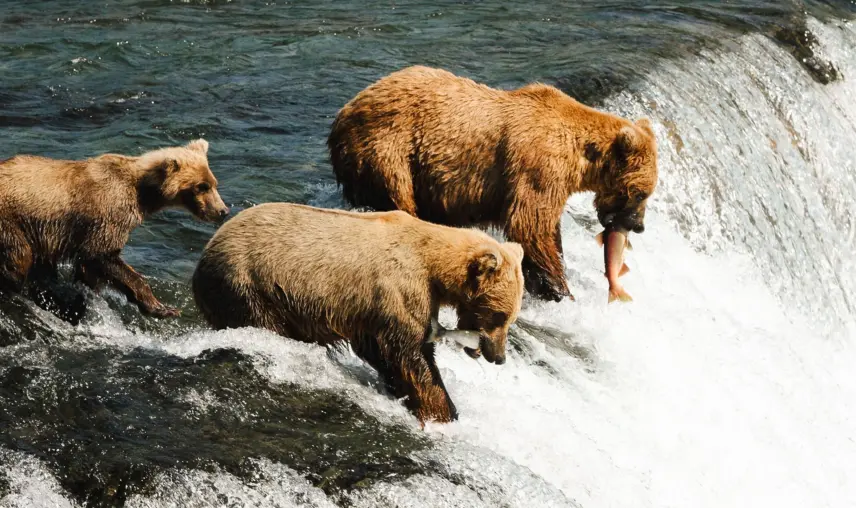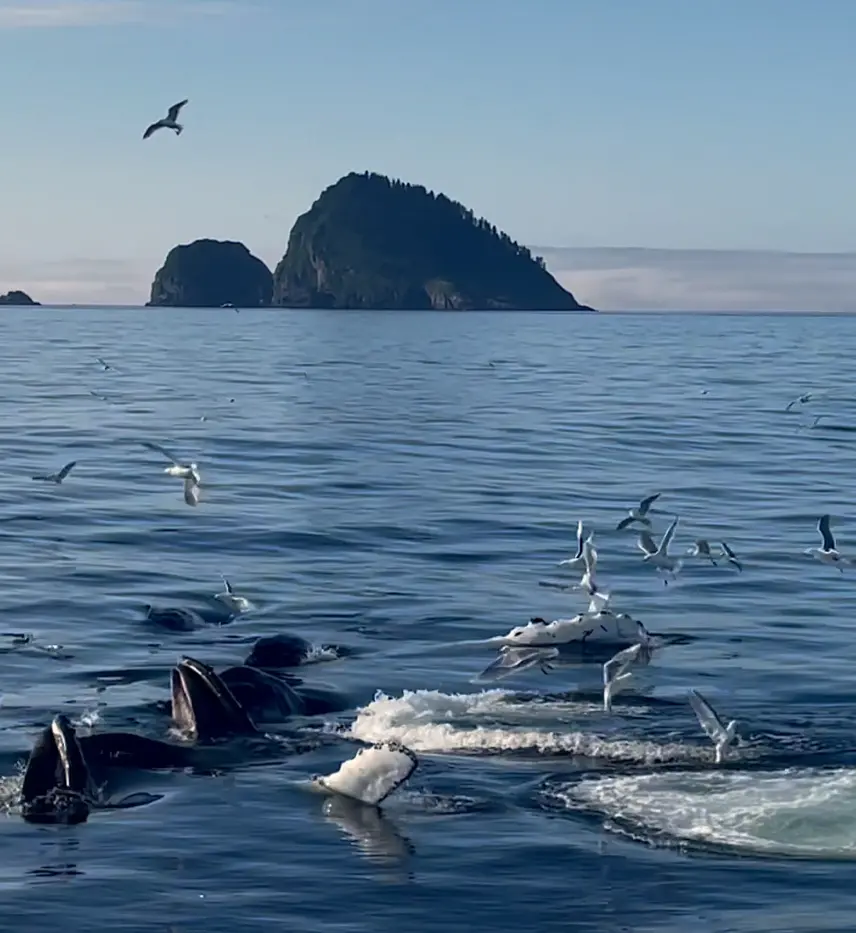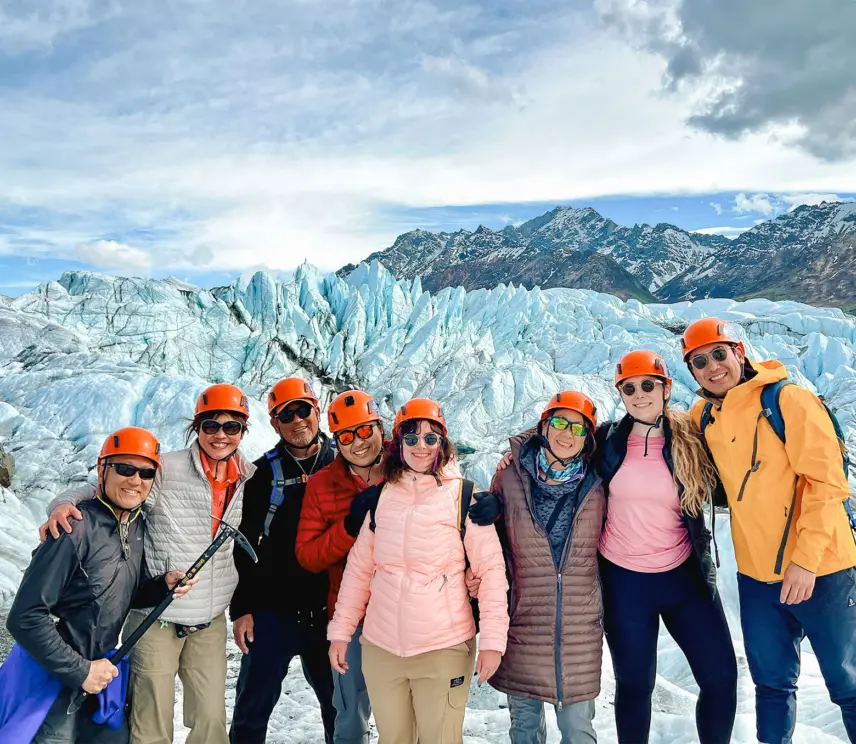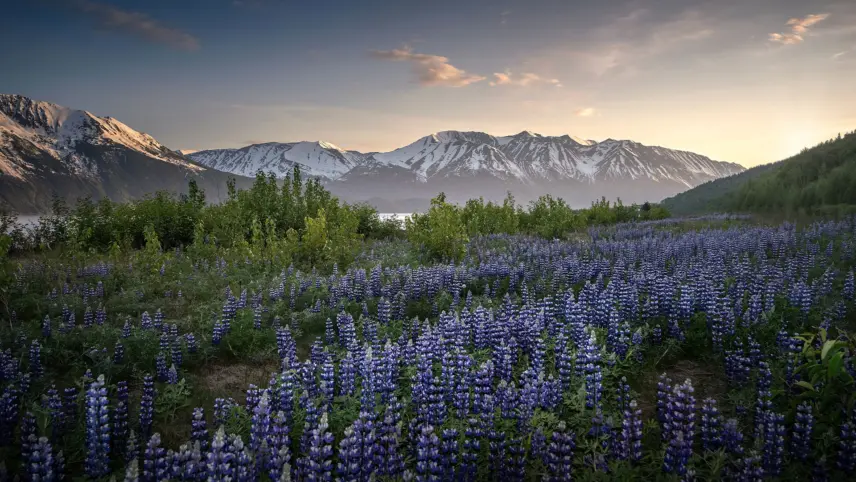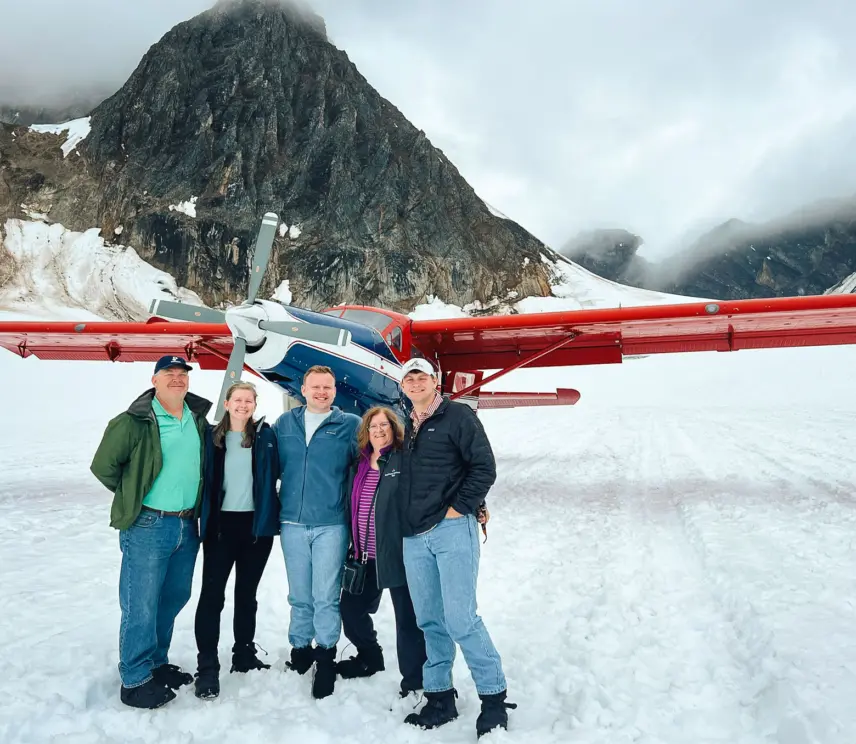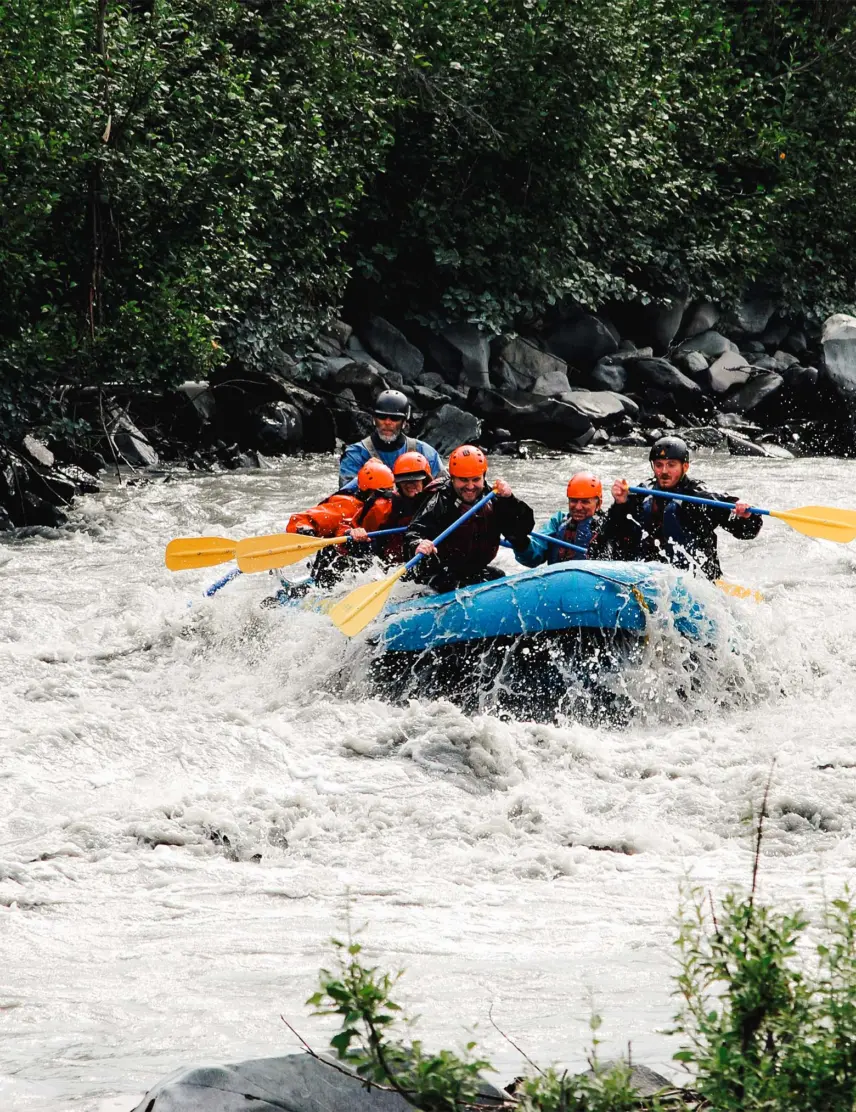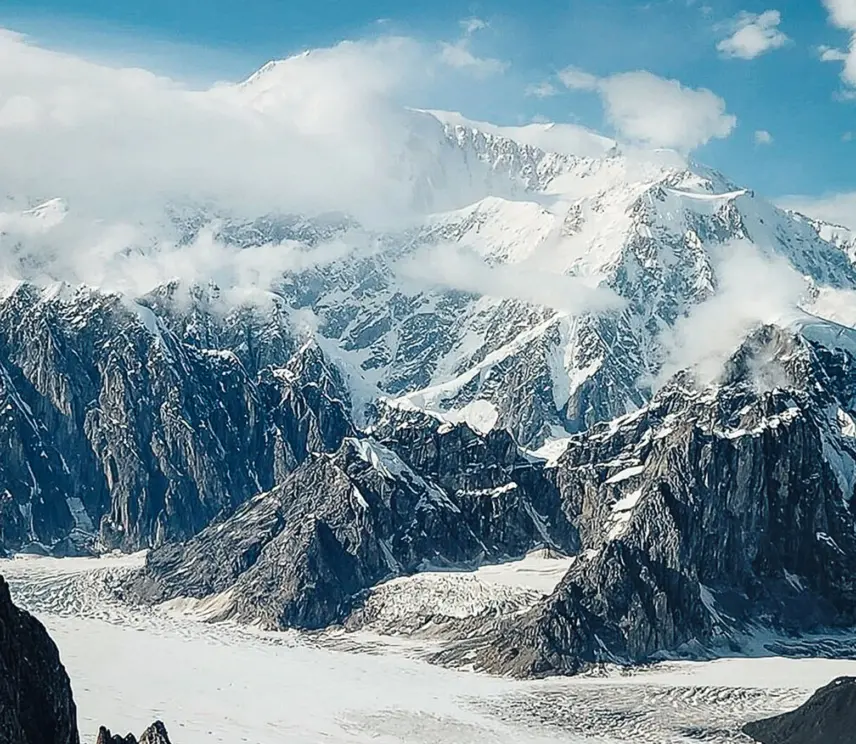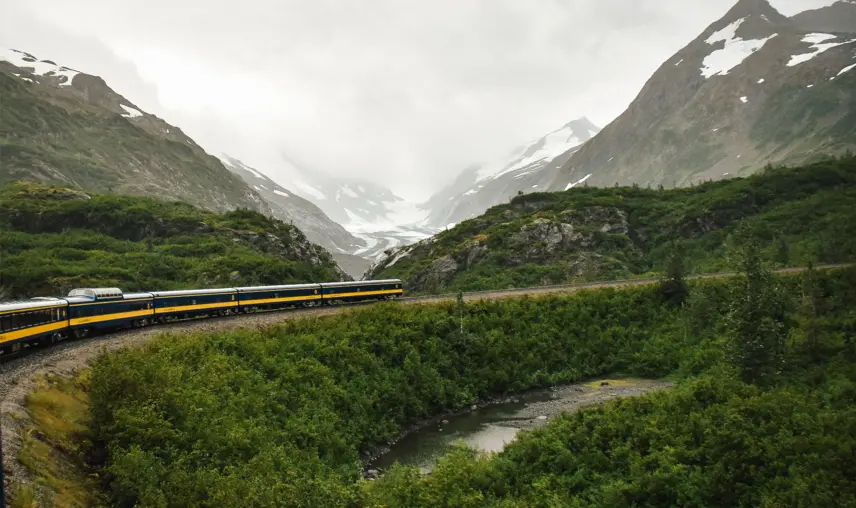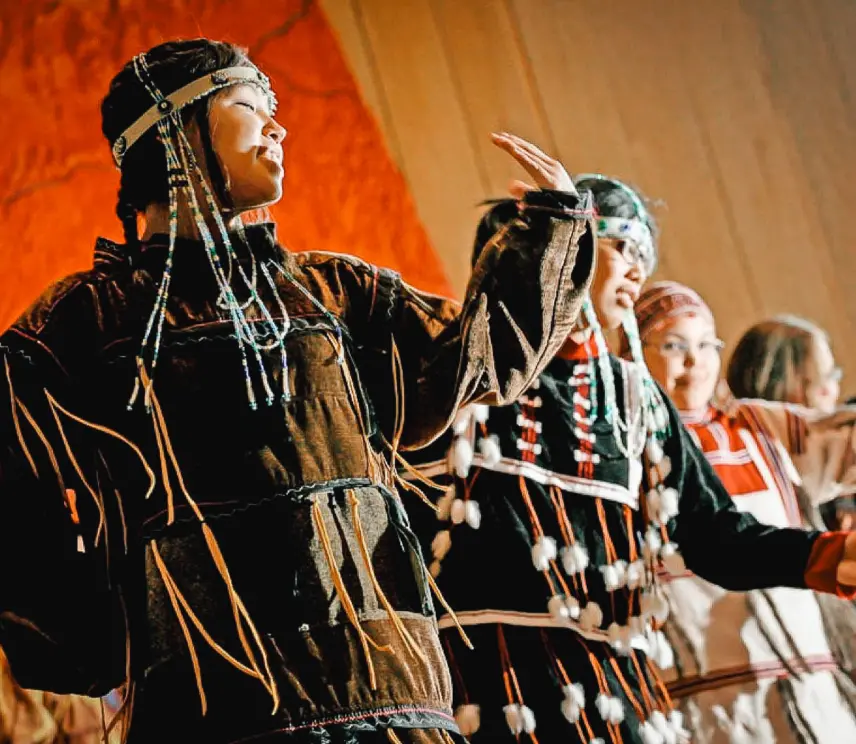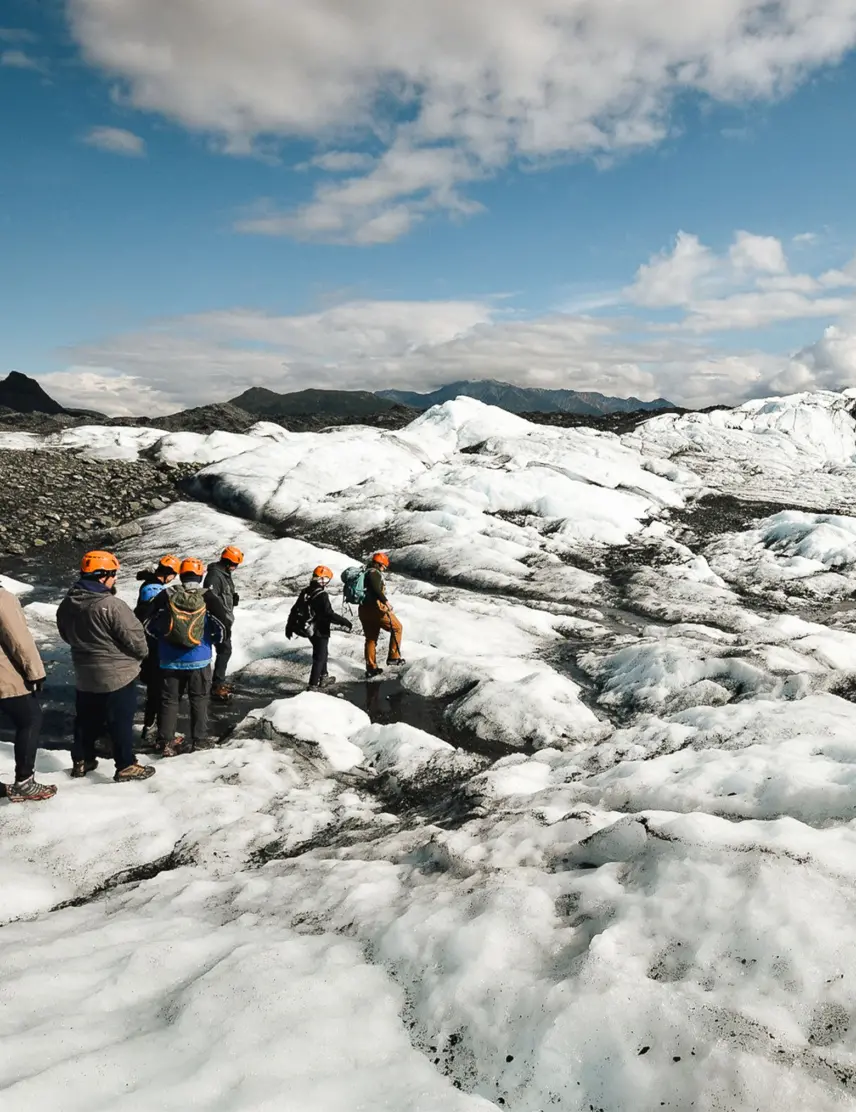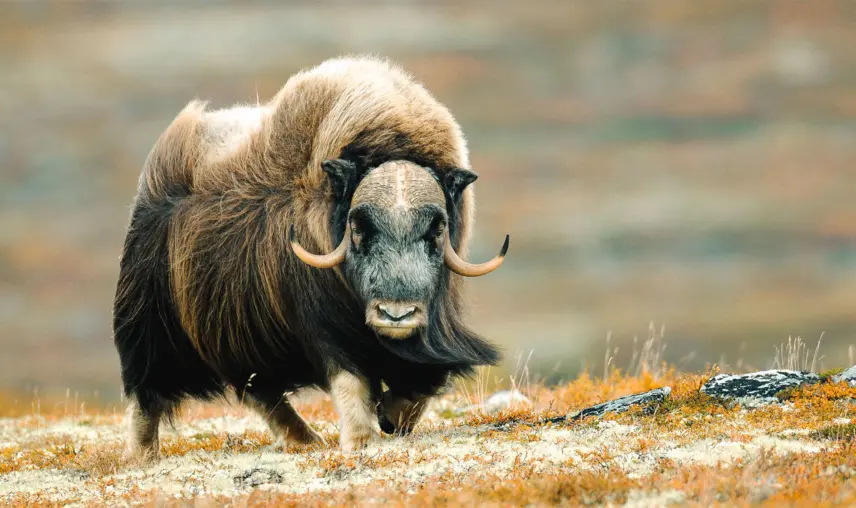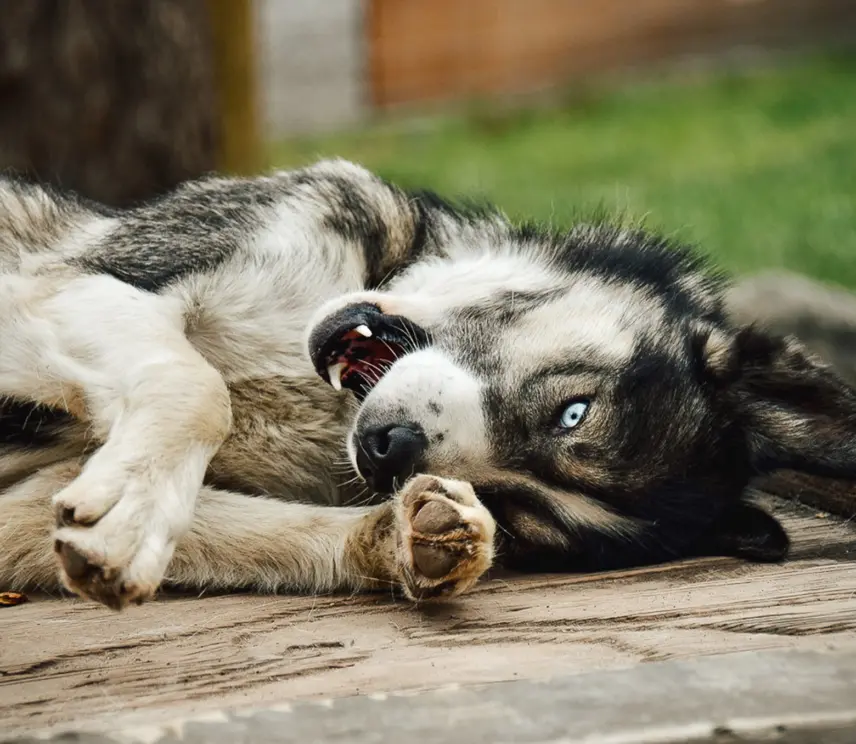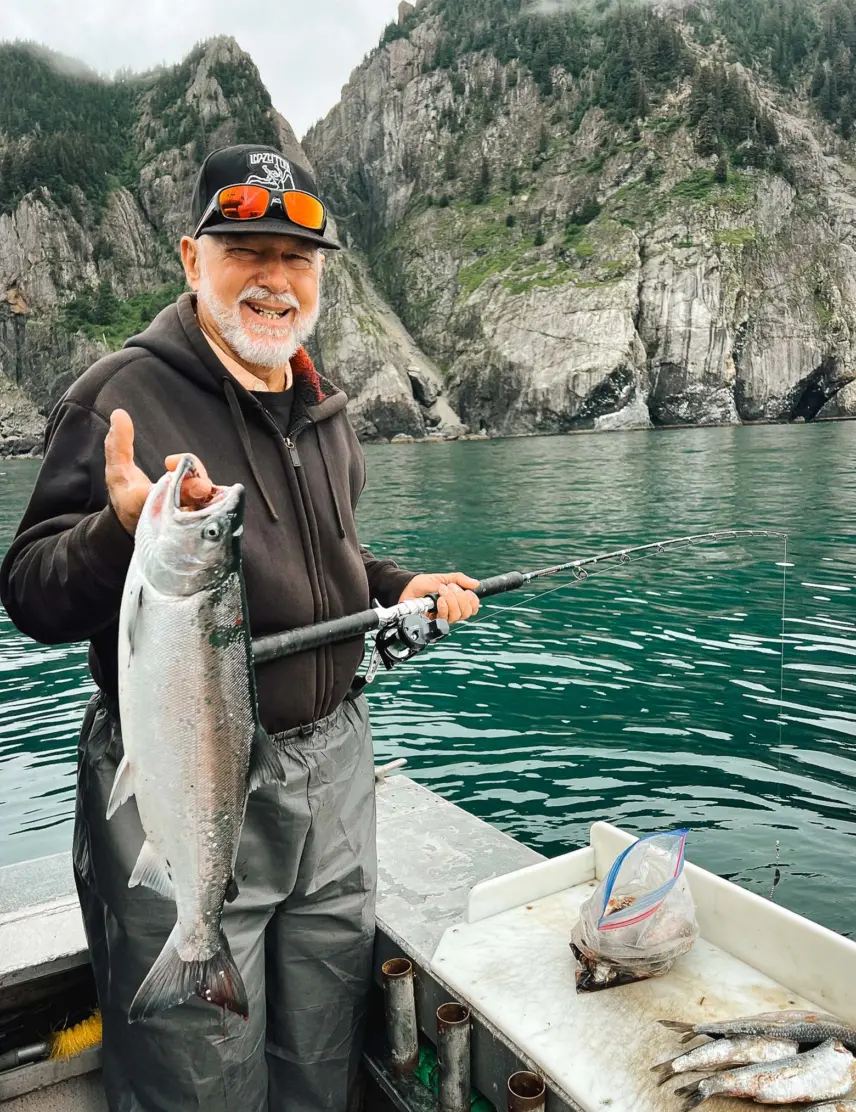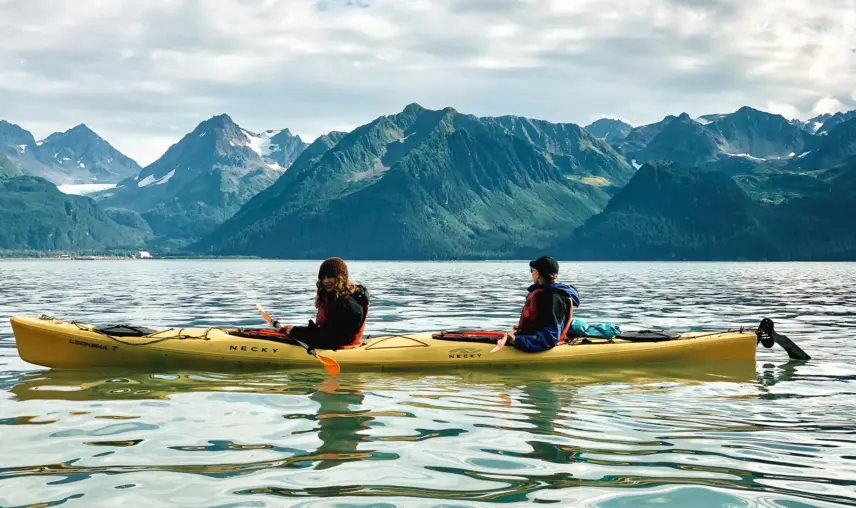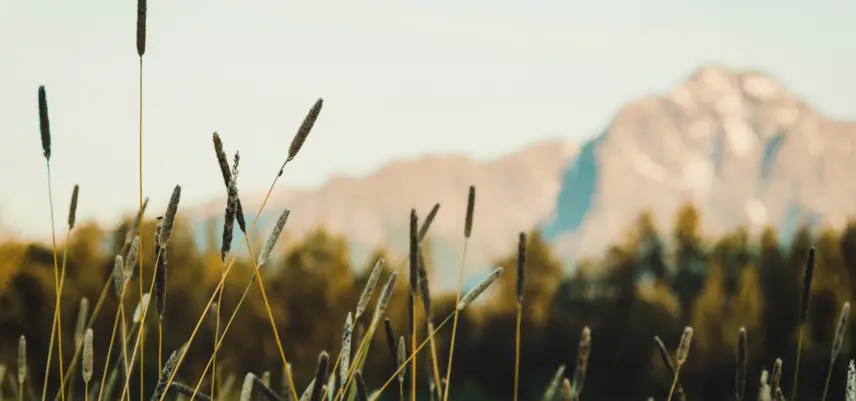Featured Expeditions
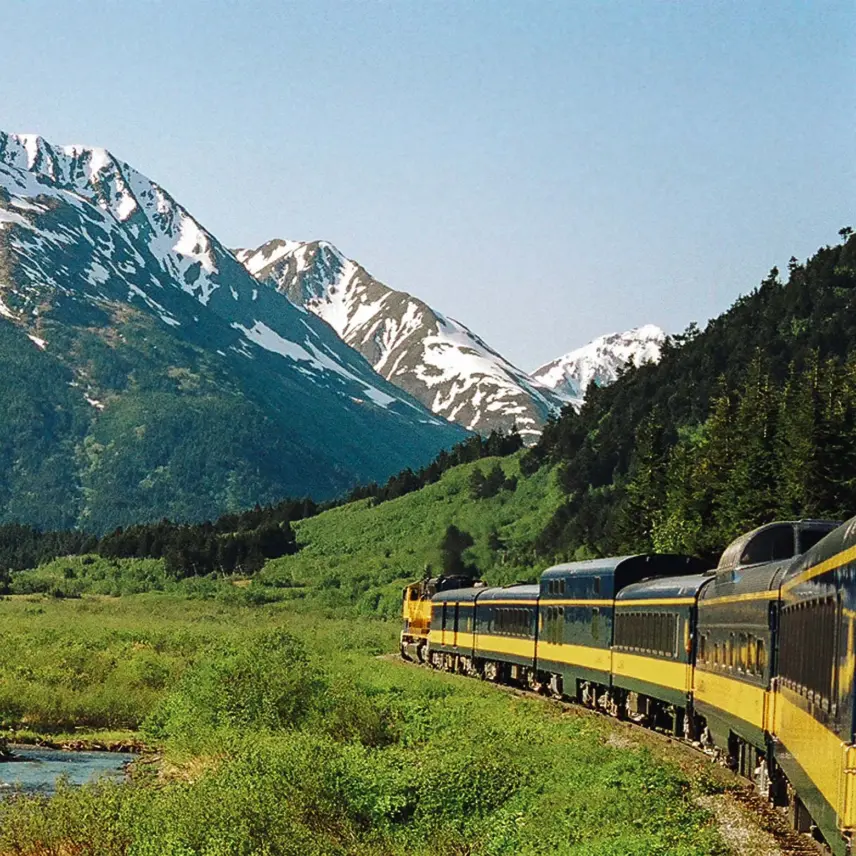
Grand Discovery (10 Days)
Departures: May, Jun, Jul, Aug
Our premium deluxe adventure, this tour gives you the very best of our Alaska land tours along with a few extra days to spend at your leisure.
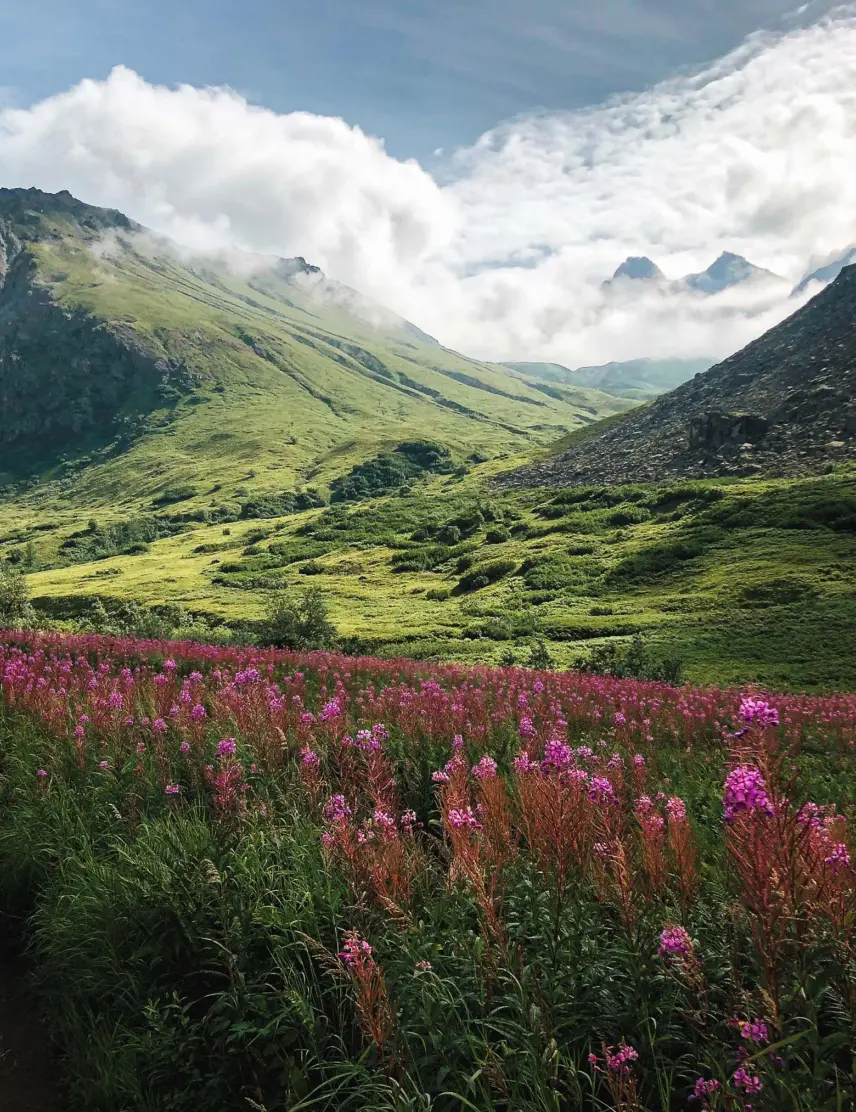
Best of Alaska (8 Days)
Departures: May, Jun, Jul, Aug
This tour ventures deep into Alaska’s scenic backcountry, bringing you close to awe-inspiring landscapes and wildlife.
Travel with Us
Join us for an authentic, life-changing Alaskan encounter.
Alaska Adventure Unlimited provides guided Alaska land tours to individuals and groups of all ages and ability levels. Our 6-14 day activity-driven scenic journeys offer all-inclusive small group adventures. Families, couples, and groups experience Alaska like a local, guided by longtime Alaskan guides. Benefit from our decades of local expertise and our passion for this wildly beautiful state. Our thoughtfully designed multi-day land tours invite you to discover the essence of Alaska by traveling through its untamed wilderness and learning about its rich culture. You’ll make unforgettable memories to last a lifetime!
